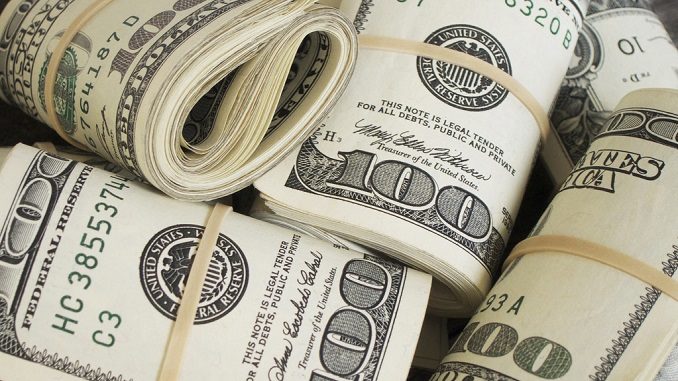
U.S. retail sales accelerated in September, rounding out a strong quarter of economic activity, but the recovery from the COVID-19 recession is at a crossroads as government money runs out and companies continue to layoff workers, Reuters reported.
New coronavirus cases are also surging across the country, which could lead to restrictions on businesses like restaurants, gyms and bars, and undercut consumer spending. The economy is already shifting into lower gear. Other data on Friday showed an unexpected drop in output at factories last month.
“Although sales growth is strong, it will slow through the rest of this year and into next year,” said Gus Faucher, chief economist at PNC Financial in Pittsburgh, Pennsylvania. “The slowing will be even larger if Congress does not pass another stimulus bill. Unemployment remains pervasive throughout the U.S. economy.”
Retail sales jumped 1.9% last month as consumers bought motor vehicles and clothing, dined out and splashed out on hobbies. That followed an unrevised 0.6% increase in August.
Economists polled by Reuters had forecast retail sales would rise 0.7% in September. Some said September’s surge was likely exaggerated by difficulties stripping seasonal fluctuations from the data after the shock caused by COVID-19. Unadjusted retail sales fell 2.8% after dropping 1.0% in August.
Retail sales have bounced back above their February level, with the pandemic boosting demand for goods that complement life at home, including furniture and electronics. An aversion to public transportation has boosted motor vehicle purchases. Retail sales rose 5.4% on a year-on-year basis in September.
They account for the goods component of consumer spending, with services such as healthcare, education, travel and hotel accommodation making up the other portion.
Excluding automobiles, gasoline, building materials and food services, sales increased 1.4% last month after a downwardly revised 0.3% drop in August.
These so-called core retail sales correspond most closely with the consumer spending component of gross domestic product. They were previously estimated to have dipped 0.1% in August.
Economists have attributed the strength in retail sales to fiscal stimulus, especially a weekly subsidy paid to tens of millions of unemployed Americans. September’s robust sales reinforced expectations for record consumer spending and economic growth in the third quarter.
Growth estimates for the July-September quarter are as high as a 35.2% annualized rate. That would recoup roughly two-thirds of the output lost because of COVID-19. The economy contracted at a 31.4% pace in the second quarter, the deepest decline since the government started keeping records in 1947.

Be the first to comment